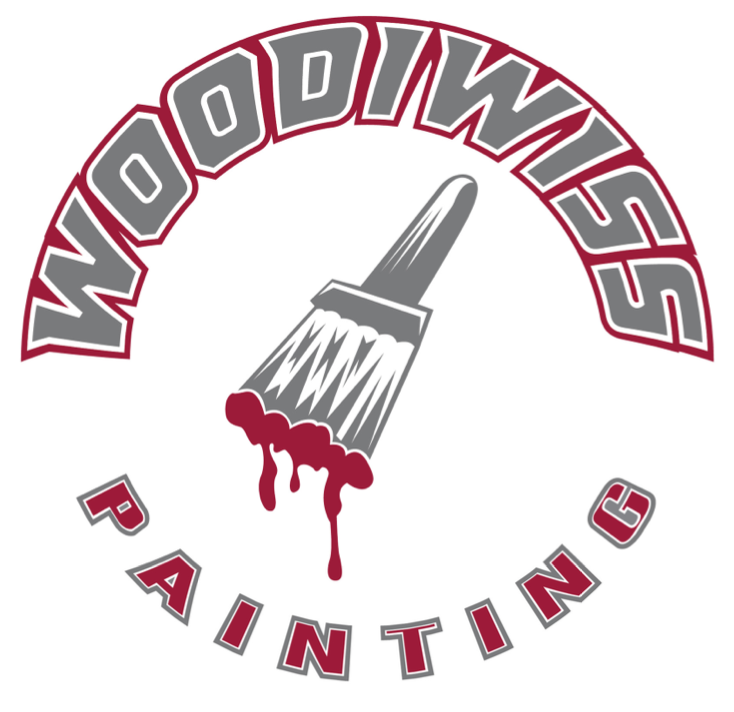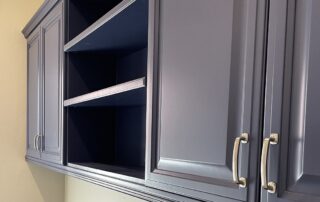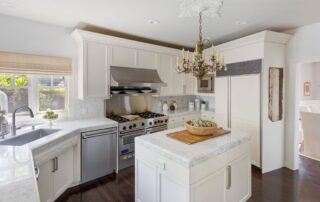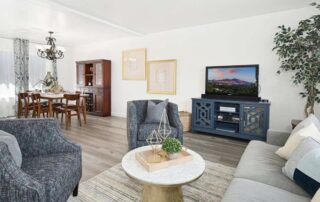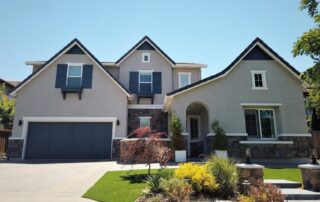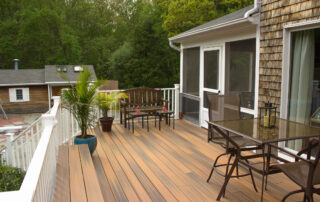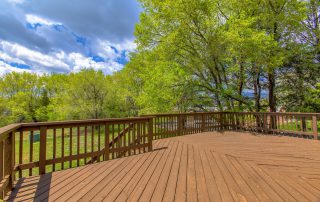Looking for the Best Primer for Interior Walls? Start Here!
If you're gearing up to paint your home, you've probably typed "best primer for interior walls" into your search bar more than once. And if you're like most homeowners, you've also asked around about reliable interior house painters to get the job done right. Let’s break it down in [...]
Fresh Paint, Fresh Sleep: Is It Safe to Sleep in a Freshly Painted Room?
If you’ve just finished some interior house painting, you might be wondering: is it safe to sleep in a freshly painted room? It seems like a simple question, but the answer depends on a few important factors. Knowing when it’s safe can help protect your health, improve sleep quality, [...]
The Ultimate Homeowner’s Guide: Cleaning Tips for Painted Cabinets
If you’ve recently invested in cabinet painting or are maintaining older painted surfaces, keeping them clean is essential. In this guide, we’ll walk you through straightforward, effective cleaning tips for painted cabinets that will help preserve their beauty and extend their lifespan. Painted cabinets add style and charm to [...]
How to Make Cabinet Paint Last: Tips Every Homeowner Needs
If you've ever finished a cabinet painting project only to watch the paint peel, chip, or fade within months, it's a frustrating outcome that's more common than you'd think. Many homeowners wonder how to make cabinet paint last and avoid the frustration of a finish that doesn't hold up. [...]
How to Choose the Best Paint Colors for Open Floor Plans
Choosing the right shades for your interior painting project can feel overwhelming, especially when you're dealing with an open-concept space. But if you're wondering about the best paint colors for open floor plans, you're in the right place. In open-concept homes, colors do more than decorate walls — they [...]
7 Best Neutral Paint Colors for Commercial Buildings That Make an Impact
If you're planning an exterior commercial painting project, you may be wondering how to choose colors that feel professional and eye-catching. When it comes to curb appeal, the best neutral paint colors for commercial buildings are those that blend timeless style with a subtle edge. Choosing the right palette [...]
Paint’s Impact on Mood: Can It Really Boost Productivity and Influence Customer Perception?
If you're a business owner, you're always looking for ways to improve employee performance and create a great experience for your customers. You’ve probably invested in lighting, layout, even ergonomic furniture—but have you ever considered paint's impact on mood when planning a commercial painting project? Turns out, the color [...]
Top 8 Common Exterior Paint Problems and How Pros Fix Them
A fresh coat of paint can transform the exterior of your home, boosting curb appeal and protecting surfaces from the elements. However, over time, paint can develop issues such as peeling, fading, cracking, or bubbling. These problems not only diminish the beauty of your home but can also lead to [...]
How to Maintain Your Deck and Porch Through California’s Seasonal Changes
' climate offers unique challenges for deck and porch maintenance throughout the year. From coastal fog to intense sun exposure, seasonal rain to drought conditions, your outdoor living spaces face different elements than those in colder regions. Proper maintenance is essential to keep your deck and porch looking [...]
Deck and Fence Maintenance: 5 Awesome Tips to Keep Your Lafayette Home Looking Fresh
Your deck and fence are the unsung heroes of your outdoor space, but they take a beating from the elements. Over time, peeling paint, splintered wood, and fading colors can turn your backyard retreat into an eyesore. The good news? A little maintenance goes a long way in keeping [...]

